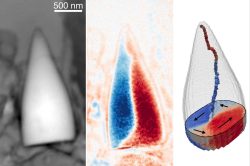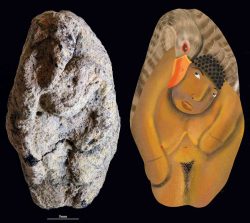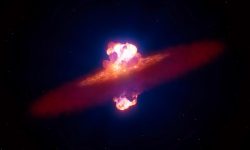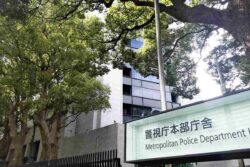Seabed Deposits Could Meet Japan’s Cobalt Needs For 75 Years; Manganese Nodules Near Minami-Torishima Island Filled With Rare Metals
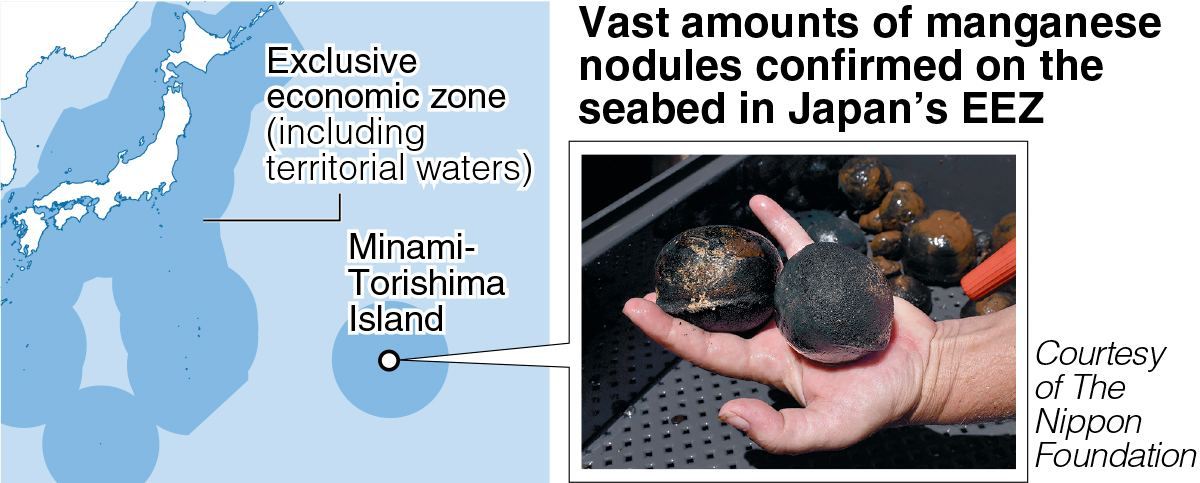
20:00 JST, June 21, 2024
Vast deposits of manganese nodules containing rare metals on the seabed off Minami-Torishima Island in Japan’s exclusive economic zone (EEZ) could meet Japan’s demand for some prized metals for years and even decades, it has been learned.
A survey by researchers from the University of Tokyo, the Nippon Foundation and other bodies has detected at least 200 million tons of the nodules are concentrated in the area, which is in Tokyo’s Ogasawara island chain. Amid lingering concerns over a global supply shortage of cobalt, it is estimated these nodules could provide enough cobalt to cover Japan’s domestic consumption needs for about 75 years, and enough nickel for about 11 years.
The foundation and other entities plan to start large-scale extraction and commercialization of the nodules as soon as 2026.
In 2016, a team of researchers from the university and other bodies confirmed the presence of manganese nodule deposits in the EEZ near Minami-Torishima Island. The fist-sized nodules are found on the seabed and consist primarily of iron and manganese oxides. Cobalt and nickel each make up less than 1% of each nodule, which are believed to have formed over millions of years as metals intermittently accumulated around cores of debris such as fish bones that had fallen to the seabed.
The foundation intensively surveyed the area between April and June this year and confirmed the presence of 230 million tons of the nodules in an area covering about 10,000 square kilometers at a depth of 5,500 meters. Based on an analysis of retrieved nodules, the foundation calculated the nodules on the seabed could contain 610,000 tons of cobalt and 740,000 tons of nickel.
Technologies for sucking the nodules off of the deep-ocean seabed have been developed overseas, so the possibility of working with a European or U.S. company to extract the nodules will be considered. First-stage extraction costs are projected to top ¥5 billion, most of which the foundation plans to cover.
The retrieved nodules will be provided to Japanese companies that have the technology to refine them. From 2026, the foundation will spearhead the launch of a venture in cooperation with various Japanese firms to commercialize the minerals as domestically produced resources. The University of Tokyo will support the project from an academic perspective by doing things like intricately analyzing the minerals.
Rare metals such as cobalt and nickel are essential in electric vehicle batteries, but the production and smelting of these metals is dominated by China and countries in Africa. Cobalt-rich crusts, which contain minerals including rare metals, and “rare-earth mud” containing resources used widely in high-tech products also have been confirmed in the waters off Minami-Torishima Island, making the area one of the world’s leading treasure troves of mineral resources.
"Science & Nature" POPULAR ARTICLE
-

Mass Oyster Die-Offs Confirmed in Japan’s Seto Inland Sea; High Water Temperature Cited as Primary Cause
-
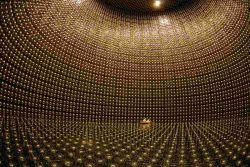
Researchers in U.S., Japan Offer Insight into Ghostly Neutrinos
-

Big Leap in Quest to Get to Bottom of Climate Ice Mystery
-

Security Camera Footage Vulnerable to Outside Access; Investigation Finds 3,000 Pieces Exposed Online
-

Japan Plans to Develop System of AI Evaluating Credibility of Other AI Models
JN ACCESS RANKING
-

Govt Plans to Urge Municipalities to Help Residents Cope with Rising Prices
-

Japan Resumes Scallop Exports to China
-

Japan Prime Minister Takaichi Vows to Have Country Exit Deflation, Closely Monitor Economic Indicators
-

Japan to Charge Foreigners More for Residence Permits, Looking to Align with Western Countries
-

Japan GDP Down Annualized 1.8% in July-Sept.


